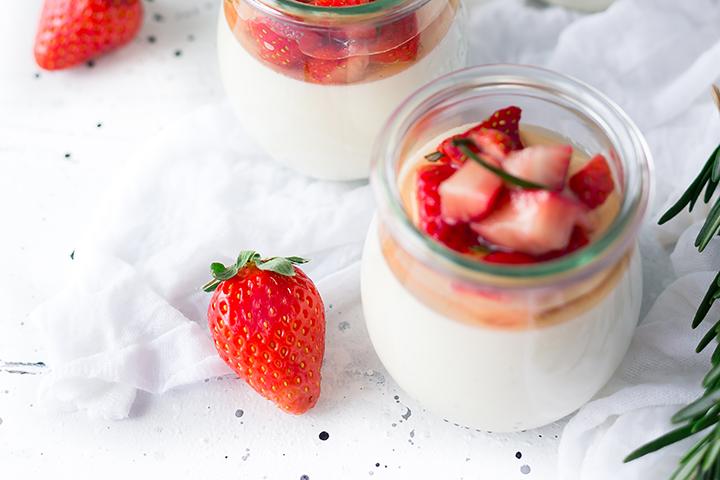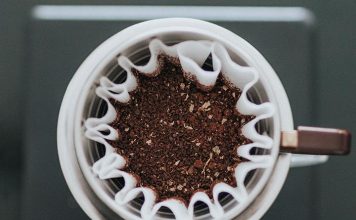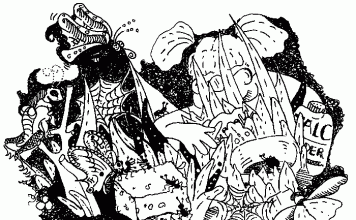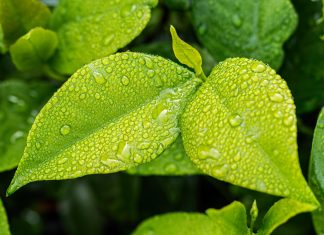 |
|
| Issue #84 • November/December, 2003 |
Cultured milk products have been enjoyed in the Middle East, Europe, and parts of Asia for centuries. The Greeks felt that yogurt had therapeutic qualities for diseases caused by intestinal disorders. Bulgarians attribute their good health and longevity in part to their daily intake of cultured milk products.
The most common of the cultured milk products are yogurt, kefir, piima, buttermilk, and quark or cottage cheese.
Yogurt is simply milk thickened to a custard consistency by certain acid-forming bacteria growing in it. The special bacteria that turn milk into yogurt are lactobacillus bulgaricus, lactobacillus acidophilus, and streptococcus thermophilus. The coagulation and the fermentation of milk sugar into lactic acid is caused by these bacteria. This action curdles the protein in yogurt and acts as a preservative.
The bacteria in yogurt have already begun to break down the protein molecules into lactic acid, making it easy for the body to assimilate. Thus yogurt is helpful for people who have lactose intolerance, because they lack an enzyme that helps to digest milk sugar in regular milk. Yogurt helps the digestion process to move along smoothly and quickly.
In the Near East, babies are frequently fed yogurt for two or three months after they are weaned. Breast fed babies receive bacillus bifidus, a bacteria similar to lactobacillus bulgaricus found in yogurt.
Some doctors prescribe yogurt to replace normal intestinal flora that are destroyed when oral antibiotics have been used for an extended period of time. Antibiotics destroy “good” bacteria along with the “bad” bacteria.
|
Studies show that yogurt can be helpful in lowering the cholesterol levels in the blood by decreasing the amount of cholesterol the body produces.
Research would also indicate that the bacteria in yogurt can help guard the intestinal tract for carcinogens. Yogurt has also been used to aid in the healing of ulcers, digestive disorders, yeast infections, and nervous fatigue.
Yogurt is also used in cosmetics such as face masks and body lotions.
Commercial yogurt can be purchased in any supermarket. It comes in a variety of flavors and brands, many with low butterfat content.
Yogurt can be made from any kind of milk, including soy milk. The flavor will vary with the type of milk used.
Yogurt is not complicated to make yourself. Only two ingredients are necessary: milk and a starter culture. Use fresh whole or skim milk, powdered milk, or a combination. Adding a third of a cup of dry milk to a quart of skim milk will produce a more firm, nutritious yogurt.
Starter cultures for cultured milk can be purchased at Health Food Stores. You can also purchase a container of plain yogurt for your starter.
Dried starter will keep for several months in a cool place. If you use yogurt as a starter, you will have to buy a fresh supply every once in a while, as the bacteria strain tends to weaken after a time. Whenever it begins to take longer to set, buy a fresh starter.
The next step in yogurt making is the heating and cooling of the milk.
First sterilize all the utensils you will use with boiling water. Then heat one quart of pasteurized milk to a temperature of 105 to 110 degrees F If you’re using raw unpasteurized milk, heat it first to 180 degrees F, then allow to cool to 110 degrees F Stir in a couple of tablespoons of commercial yogurt into 1 cup of your prepared milk and add this to your remaining milk and mix well. If you use a powdered starter, follow the directions on the package.
Pour milk into sterilized jars or small plastic containers. (Use small containers as yogurt tends to separate and get watery on top once some of it has been used.) Cover the containers.
Incubation is the next step. This can be done by using a yogurt maker or any warm place where the temperature can be kept at 110-115 degrees F. My favorite method is to simply use the oven with only a 40 watt light bulb on.
Yogurt can take from six to ten hours to incubate. Check periodically to see if it has set to the proper consistency. It should be smooth, have a mild flavor, and be slightly tart. You can obtain either a mild or a more tangy yogurt by adjusting the incubation period. The longer it is incubated, the tangier the results.
Refrigerate immediately. It will keep for up to two weeks. If whey forms on the top, pour it off. Remember to save a few tablespoons for your next batch.
Kefir is similar to yogurt, but has yeast cells present causing fermentation, thus producing a drink that is slightly alcoholic and effervescent. The flavor is sweeter and milder.
To make kefir, simply add culture (kefir grains, the fermenting agent) to raw milk and incubate at room temperature for 12 to 24 hours. Pour through a sieve, reserving the kefir grains for the next batch. Serve chilled.
Blend with fresh fruit to make a delicious drink.
Piima is a Scandinavian cultured milk product. It is milder than either yogurt or kefir and very easy to make. Simply stir your culture into pasteurized milk at room temperature. Allow to incubate for 8 to 24 hours.
Buttermilk is really the liquid left from butter making. The “buttermilk” found in stores is a cultured milk made from pasteurized skim milk. Lactic acid bacteria is added to the milk and the mixture is left to clabber at room temperature.
Homemade buttermilk can be made by adding a culture to pasteurized milk or, if you make your own butter, from pasteurized real buttermilk.
Quark or Cottage cheese is also easy to make from raw, unpasteurized milk. The milk can be poured into a large cooking pot, covered and left to incubate in a warm place (about 80 degrees Fagain, I use the oven with a light bulb on). After about 24 hours the milk has thickened. At this point, heat the clabbered milk slowly at a very low temperature, stirring gently on occasion to separate the curds from the whey. In about 40 minutes, the curds will have shrunk. Hold temperature at 120 degrees for about 15 minutes until the curds feel firm but not rubbery. You can now ladle the curds into a colander and drain the whey. The whey is rich in B vitamins and can be used in baking.
Beatrice Trum Hunter’s, Fact/Book on Yogurt, Kefir and Other Milk Cultures is a practical, informative book on the benefits of cultured milk which includes a variety of easy to make recipes. Check your local library.















